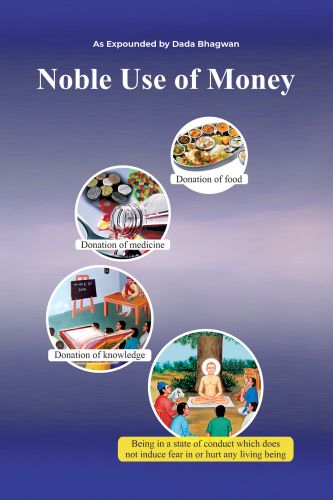Categories
- Antiques & Collectibles 13
- Architecture 36
- Art 48
- Bibles 22
- Biography & Autobiography 816
- Body, Mind & Spirit 145
- Business & Economics 28
- Children's Books 17
- Children's Fiction 14
- Computers 4
- Cooking 94
- Crafts & Hobbies 4
- Drama 346
- Education 58
- Family & Relationships 59
- Fiction 11834
- Foreign Language Study 3
- Games 19
- Gardening 17
- Health & Fitness 34
- History 1378
- House & Home 1
- Humor 147
- Juvenile Fiction 1873
- Juvenile Nonfiction 202
- Language Arts & Disciplines 89
- Law 16
- Literary Collections 686
- Literary Criticism 179
- Mathematics 13
- Medical 41
- Music 40
- Nature 179
- Non-Classifiable 1768
- Performing Arts 7
- Periodicals 1453
- Philosophy 66
- Photography 2
- Poetry 897
- Political Science 203
- Psychology 45
- Reference 154
- Religion 516
- Science 126
- Self-Help 85
- Social Science 82
- Sports & Recreation 34
- Study Aids 3
- Technology & Engineering 59
- Transportation 23
- Travel 463
- True Crime 29
Our website is made possible by displaying online advertisements to our visitors.
Please consider supporting us by disabling your ad blocker.
The Story of an African Farm, a novel
by: Olive Schreiner
Description:
Excerpt
Chapter 1.I. Shadows From Child-Life.
The Watch.
The full African moon poured down its light from the blue sky into the wide, lonely plain. The dry, sandy earth, with its coating of stunted karoo bushes a few inches high, the low hills that skirted the plain, the milk-bushes with their long finger-like leaves, all were touched by a weird and an almost oppressive beauty as they lay in the white light.
In one spot only was the solemn monotony of the plain broken. Near the centre a small solitary kopje rose. Alone it lay there, a heap of round ironstones piled one upon another, as over some giant's grave. Here and there a few tufts of grass or small succulent plants had sprung up among its stones, and on the very summit a clump of prickly-pears lifted their thorny arms, and reflected, as from mirrors, the moonlight on their broad fleshy leaves. At the foot of the kopje lay the homestead. First, the stone-walled sheep kraals and Kaffer huts; beyond them the dwelling-house—a square, red-brick building with thatched roof. Even on its bare red walls, and the wooden ladder that led up to the loft, the moonlight cast a kind of dreamy beauty, and quite etherealized the low brick wall that ran before the house, and which inclosed a bare patch of sand and two straggling sunflowers. On the zinc roof of the great open wagon-house, on the roofs of the outbuildings that jutted from its side, the moonlight glinted with a quite peculiar brightness, till it seemed that every rib in the metal was of burnished silver.
Sleep ruled everywhere, and the homestead was not less quiet than the solitary plain.
In the farmhouse, on her great wooden bedstead, Tant Sannie, the Boer-woman, rolled heavily in her sleep.
She had gone to bed, as she always did, in her clothes, and the night was warm and the room close, and she dreamed bad dreams. Not of the ghosts and devils that so haunted her waking thoughts; not of her second husband the consumptive Englishman, whose grave lay away beyond the ostrich-camps, nor of her first, the young Boer; but only of the sheep's trotters she had eaten for supper that night. She dreamed that one stuck fast in her throat, and she rolled her huge form from side to side, and snorted horribly.
In the next room, where the maid had forgotten to close the shutter, the white moonlight fell in in a flood, and made it light as day. There were two small beds against the wall. In one lay a yellow-haired child, with a low forehead and a face of freckles; but the loving moonlight hid defects here as elsewhere, and showed only the innocent face of a child in its first sweet sleep.
The figure in the companion bed belonged of right to the moonlight, for it was of quite elfin-like beauty. The child had dropped her cover on the floor, and the moonlight looked in at the naked little limbs. Presently she opened her eyes and looked at the moonlight that was bathing her.
"Em!" she called to the sleeper in the other bed; but received no answer. Then she drew the cover from the floor, turned her pillow, and pulling the sheet over her head, went to sleep again....
















